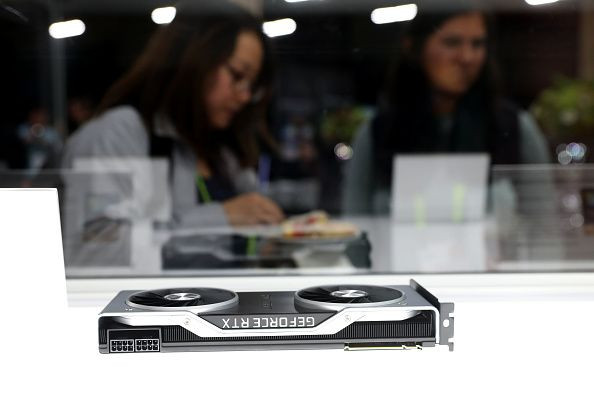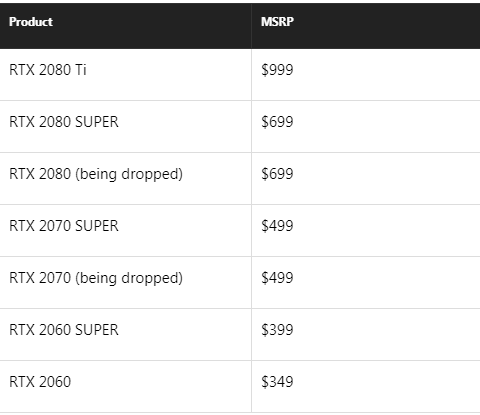NVIDIA's De Facto Price Cut Sets Up A Battle With AMD

When NVIDIA (NASDAQ:NVDA) launched its RTX 20 series of graphics cards last year, the company's pricing strategy didn't give gamers much value for their money. While the new cards were substantially faster than their predecessors, bloated price tags made them questionable upgrades. NVIDIA was only competing with itself in the higher-end portion of the market at the time, but high prices contributed to weak demand for the new cards.
NVIDIA's pricing left the door open for Advanced Micro Devices(NASDAQ:AMD). AMD will launch two new Navi-based graphics cards, the RX 5700 and RX 5700 XT, on July 7, and both outperform comparable NVIDIA cards, according to AMD's benchmarks. The former is $30 more expensive than NVIDIA's RTX 2060, while the latter undercuts NVIDIA's RTX 2070 by $50.
If AMD's benchmarks are close to what third-party reviewers find when the cards launch, NVIDIA's pricey graphics cards will be facing some serious competition. In an effort to get out ahead of AMD's launch, NVIDIA announced a refresh of the RTX 20 series on July 2. The GTX 2070 and GTX 2080 will be dropped entirely, replaced with new SUPER variants. The GTX 2060 will remain, with the GTX 2060 SUPER slotting in above it in the product stack.

The new SUPER variants are based on the same underlying architecture, with NVIDIA claiming average performance improvements of around 15% compared with the non-SUPER cards. The RTX 2060 SUPER is basically on par with the old RTX 2070, according to Anandtech's tests, and the RTX 2070 is close in performance to the old RTX 2080.
In other words, this product refresh is essentially a price cut. NVIDIA is knocking $200 off RTX 2080-level performance, and $100 off RTX 2070-level performance. Given the timing, this doesn't appear to be coming from a position of strength. NVIDIA is probably worried about losing market share to AMD, and it's trying to boost the value proposition of its lineup to minimize the impact.
A competitive graphics card market
Once AMD launches its new graphics cards on July 7, the company still won't have a compelling entry to compete with NVIDIA's two higher-end cards. AMD launched the Radeon VII earlier this year, meant to battle the RTX 2080, but it lost on performance despite selling for the same price. The Radeon VII is based on an older architecture, which is one reason it's far less energy efficient that NVIDIA's cards.
While NVIDIA still owns the ultra-high end, the mid- to high-end portion of the graphics card market appears to be up for grabs for the first time in many years. AMD's new graphics cards won't fare quite as well against NVIDIA's faster SUPER variants, but price-to-performance should still be in the same ballpark for both AMD and NVIDIA.
NVIDIA's RTX 2060 SUPER and RTX 2070 SUPER will be available on July 9, two days after AMD's new cards debut. The RTX 2080 SUPER will appear on July 23. AMD has a real shot at winning significant market share in a portion of the market where it's struggled in recent years, but NVIDIA's de facto price cut may enough to keep AMD in check.
This article originally appeared in the Motley Fool.
Timothy Green has no position in any of the stocks mentioned. The Motley Fool owns shares of and recommends NVIDIA. The Motley Fool has a disclosure policy.





















